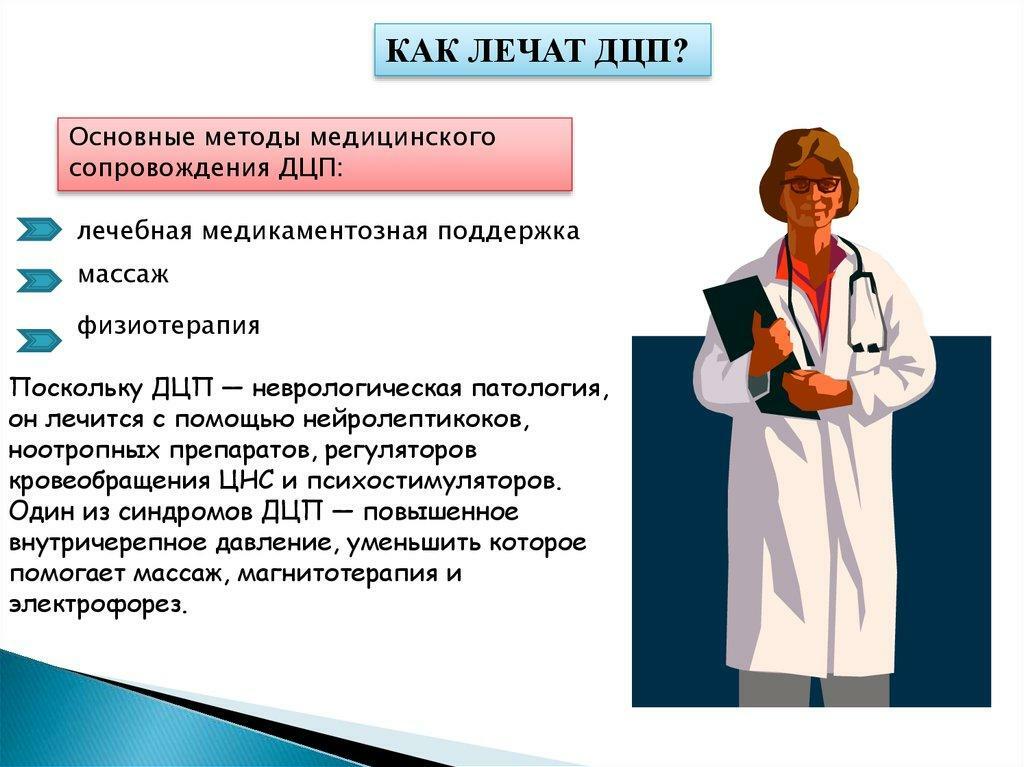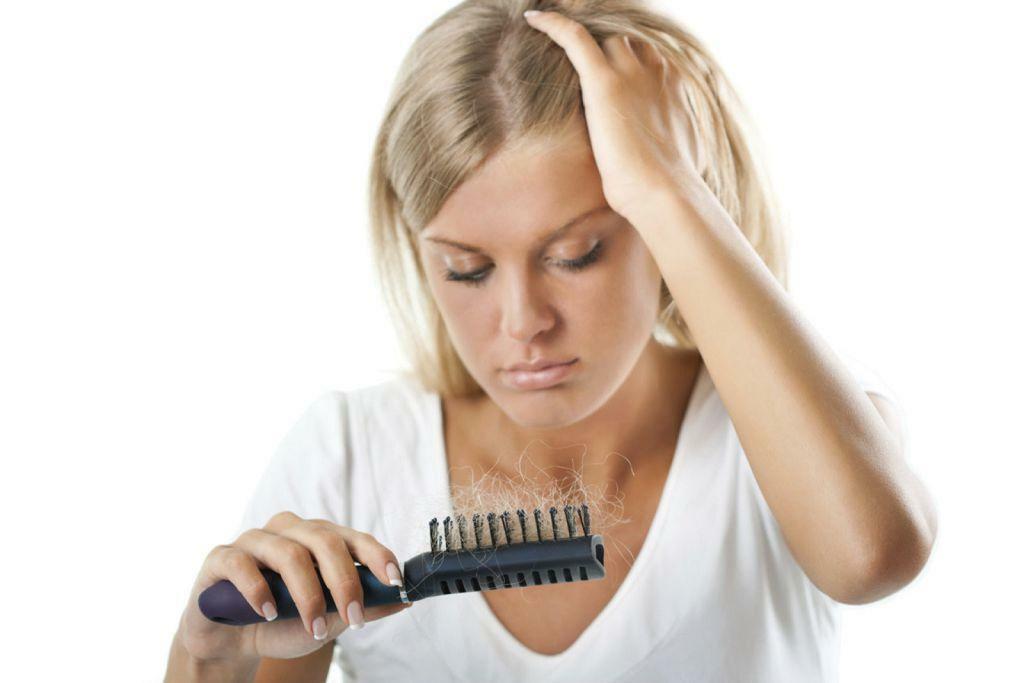 A special child in the family is the test of parents for courage and the ability to love.
A special child in the family is the test of parents for courage and the ability to love.
Half a century ago the Czech professor Vojta gave such parents hope: the child will be able to move normally.
The method developed by him gives a chance to correctly move a lot of patients, both children and adults.
Contents
- The essence of the method of Vojtya
- How the phenomenon of reflex locomotion
- was revealed Who benefits and who does not care
- Principles of therapeutic effect
- Mechanism of activation of blocked movements
- Flipping
- Crawling
- Additional reactions
- Practical application of Voita therapy
- Early diagnosis of abnormalities indevelopment
- Treatment in childhood
- The word of a happy mother
The essence of the method of Vojta
Every newborn has the right nogrammoy movement, which is embedded in the nervous system. In case of violations in the central nervous system, the connection between the brain and spinal cord, which controls the musculoskeletal system, is blocked. Movement is unbalanced, the child does not know how to control his poses.
The Czech professor discovered that when pressing on certain points of the body, involuntary movement occurs, the same for all people. Regular and targeted pressure fixes the movement reflex, restores the connection between the brain and spinal cord.
How the phenomenon of reflex locomotion
was discovered In the 50s of the last century, working at the Prague Clinic for the Treatment of Children with Cerebral Palsy, Vaclav Vojta discovered the phenomenon of reflex locomotion.
If the connection between them is broken, the spinal cord, without receiving signals, can not generate movement. Professor after ten years of 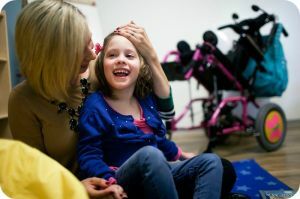 experiments found that the lost ability of the CNS to control the movement can be replaced by external - reflex - irritation.
experiments found that the lost ability of the CNS to control the movement can be replaced by external - reflex - irritation.
Reflex locomotion is the unconscious response of the "right" muscle contraction to external influences in the "right" trunk region.
In the classroom with sick children, he noticed that when pressed on certain points, all the patients had similar reflex muscle contractions.
If they were lying on their stomachs, they started crawling;If on the side or back - turn over. Healthy children responded to these movements the same way, although crawling and turning were still uncharacteristic of their age. All this allowed Voite to come to conclusions, which became the principles of his method.
Who benefits and who does harm
Voight therapy helps patients with CNS damage( cerebral palsy, multiple sclerosis, etc.);diseases of the spine, femoral joint;paralysis of the limbs or their deformation;injuries of limbs;muscle atrophy;disorder of chewing, swallowing, breathing.
It is not recommended to use this method during inflammatory diseases with high temperature;immediately after vaccination;during pregnancy;with diseases of bones and heart defects;immediately after surgery;with epilepsy, when treatment is not defined;with negative relations between the therapist and the patient.
Principles of curative effects
The organism of the newborn already knows how to grab, swallow, turn, walk, etc. People are born with ready-made traffic programs that are turned on( or not included) as they grow up.
In "sick children" children are not activated due to disorders in the centers of the brain or spinal cord.
However, these programs can be "launched" from the outside, irritating certain areas on the human body, using reflex locomotion.
At the height of the work - in 1968 - Professor Vojta was forced to emigrate to Germany as politically unreliable for communist Czechoslovakia. From this time until today, the Federal Republic of Germany is becoming the center of the spread of a new method of treatment of motor disorders, called Wojta-therapy.
Mechanism of activation of blocked movements
This mechanism includes several basic directions.
Overturning
If a healthy child starts turning over from the abdomen to his back by the age of 6-7 months and vice versa, then children with disrupted 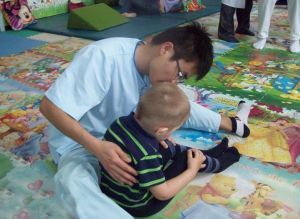 movement( cerebral palsy, paresis and paralysis, etc.) should be stimulated to this, creating on the basis of a blockedthe unconditioned reflex disease is a kind of conditioned reflex. This happens in two stages.
movement( cerebral palsy, paresis and paralysis, etc.) should be stimulated to this, creating on the basis of a blockedthe unconditioned reflex disease is a kind of conditioned reflex. This happens in two stages.
The first stage of the : the lying position is not the back with arms outstretched and legs. The therapist presses the point on the chest( slightly below the nipple, between 7 and 8 rib), but does not allow the head to bend toward the turn, affecting the point in the neck area. The patient has the following reflex contractions of the muscles:
- along the spine - stretching occurs;
- in all joints of the legs - ankle, knee, hip;
- eyes begin to look in the direction of the turn;
- the child starts to swallow, even if before he did it with difficulty;
- strain the muscles of the chest, abdomen, intestines.
As a result of the concerted action of all muscle groups, the child himself flips on his side - this is the starting position for the next stage.
The second stage of the : position on the side. Now pressing occurs in areas of the body near the shoulder and hip joints and tensile muscle groups:
- along the spine;it is stretched;
- muscles that do not allow the head to fall in the direction of rotation;
- muscles on the supporting arm, starting from the shoulder and up to the hand, on which the patient, turning on the stomach, can lean.
- musculature on the supporting leg from the pelvis to the foot.
Crawling
A spontaneously healthy child begins to crawl in 8 to 9 months. Reflex crawling, using the effect of locomotion, can also be induced in the 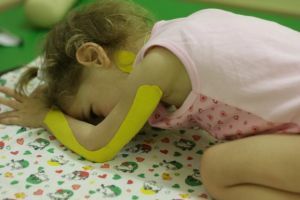 of the newborn, and special children without Voight therapy risk not to learn how to crawl.
of the newborn, and special children without Voight therapy risk not to learn how to crawl.
But in this movement are laid the mechanisms of grasping, getting up, walking, which will remain unrealized.
Reflex crawling begins in the lying position on the abdomen;the head rests on the support and is turned to the side. It is enough for the newborn to activate one point in the region of the occipital part in order to activate the incorporated mechanism.
At an older age, you need to consistently click on points that include groups of muscles in the right arm and left leg - and vice versa.
The cross-shaped action enables the body to maintain balance and move forward. The body has 9 creep activation points and other motion mechanisms. When working with them, it is important to take into account the angular position of the hands, feet and head. There are about 30 variants of manipulations when working with this movement. The right choice can only be done by a specialist.
Additional reactions of
Along with the main motor reactions, Voit therapy sessions run such types of motor skills as:
- eye;
- oral and facial;
- vegetative( contractions of the intestine, bladder, muscles responsible for breathing);
- sucking and swallowing reflexes.
The result of the therapeutic effect is the access of the CNS to the previously closed possibilities for it to control the body's balance, resistance to gravity, reflexes of walking and grasping, etc.
Moreover, it is precisely access to innate mechanisms, and not the training of the necessary movements. The brain retains the memory of the order of the correct movement, and it begins to control it.
Practical application Vojta-therapy
In practice this kind of therapy is applied in three spheres.
Early diagnosis of abnormalities in the development of
 It is based on postural reactivation - the body's ability to overcome gravity, Vojta developed seven body positions in which the child should display a normal reaction in the age periods: 0 - 1.5 months;1.5 - 3 months;4 months- Six months;7 - 9 months;9 monthsand older.
It is based on postural reactivation - the body's ability to overcome gravity, Vojta developed seven body positions in which the child should display a normal reaction in the age periods: 0 - 1.5 months;1.5 - 3 months;4 months- Six months;7 - 9 months;9 monthsand older.
If one or three of the seven reactions are violated, one must be on guard. And four bad reactions speak of motor damage and are an indication for Vojta-therapy.
Early diagnosis is very important, because in infancy it is easier to restore congenital reflexes than in a later period, when unwanted mechanisms have been fixed, replacing the correct response of the body to the external environment.
Treatment in childhood
Therapy gives a positive result both in infancy and in the older ones up to adolescence.
While the child has not learned to speak, his reaction to therapeutic actions manifests itself in the form of screaming. Creating a stress, especially for parents who are treating, a cry is an adequate response of the infant to new sensations. They should not be painful. Older children no longer scream.
The optimal duration of the procedures is from 5 minutes to half an hour, longer and already stressful exercises will create an excessive load on the small patient.
The peculiarity of Vojta-therapy is that the main treatment is carried out by parents and children close to the child. The doctor makes an appointment in 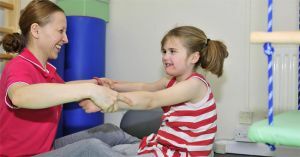 in accordance with the child's problem and conducts a training course. All the rest of the work lies with the family. Treatment lasts from several months to several years.
in accordance with the child's problem and conducts a training course. All the rest of the work lies with the family. Treatment lasts from several months to several years.
The third direction is the treatment of adults who lost their motion after trauma or stroke.
Teaching and applying voyta therapy in practice - video:
The word to a happy mother
From the recall of a mother whose daughter has already been helped by voyta therapy.
Three months ago, a course of Vojta-therapy was held. Two months later, my daughter turns over confidently and rolls on the floor with a "sausage".
Recently started making attempts to move in a plastic way, resting on the hands and pulling the legs to the stomach. Since the training, improvements have been made in everything: teeth( 4 pieces) climb, we eat soup, we investigate all the boxes, we collect small things in the bucket, even we add the pyramid, even if it is still wrong.
Katyusha does not know: independent, active, inquisitive! Thanks to Anna Grigoriants - a therapist from the Pelican Center( St. Petersburg).
O. Yashin. Katya's daughter.1 year 3 months. Diagnosis tetraparesis
The method of Professor Vojty does not promise miraculous healing, he offers a hard work, equivalent to the feat of his life. A feat that inspires hope and gives joy to the movement.

